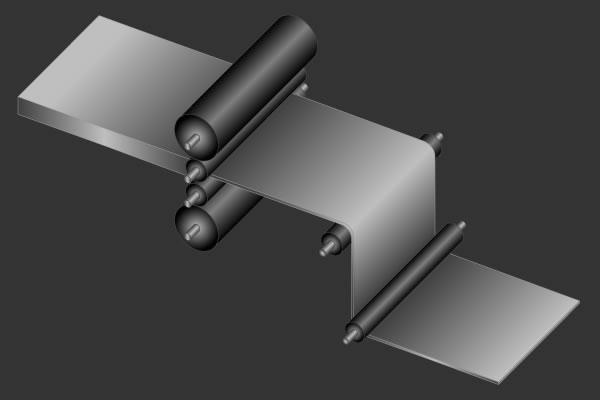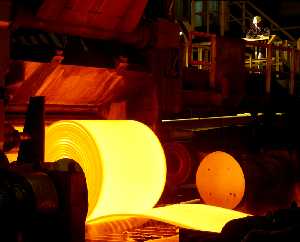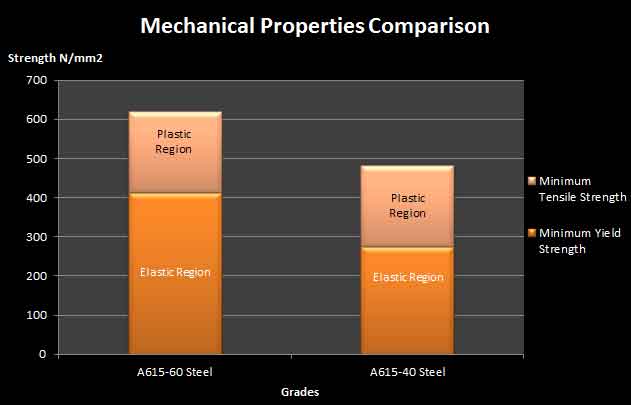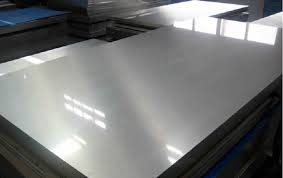A 1011/A 1011M-07 Commercial Hot Rolled CS type A-D Steels
Designations for Commercial Steel:
The American Standard for Hot Rolled Materials A 1011/A 1011M-07 defines some commercial hot rolled steels with designations:
- CS Type A
- CS Type B
- CS Type C
- CS Type D
The Chemical Composition of American Commercial Steels:
CS Type A is composed of 0.1 percent of Carbon, 0.6 percent Manganese, 0.03 percent Phosphorous, & 0.035 percent Sulphur. Remaining is Iron with other impurities.
CS Type B is founded of 0.02-0.15 percent of Carbon, 0.6 percent Manganese, 0.03 percent Phosphorous, & 0.035 percent Sulphur. Remaining is Iron with other impurities.
CS Type C is proportioned with 0.08 percent of Carbon, 0.6 percent Manganese, 0.1 percent Phosphorous, & 0.035 percent Sulphur. Remaining is Iron with other impurities.
CS Type D is based on 0.1 percent of Carbon, 0.6 percent Manganese, 0.7 percent Phosphorous, & 0.035 percent Sulphur. Remaining is Iron with other impurities.
The Mechanical Properties of Commercial Steels in American Standard:
American standard for hot rolled steel with the Japanese standard defines and focuses more on the yield strength of the material grades instead the tensile strength. The yield strength is bit more relevant physical parameter for commercial steels because the above steels are subjected to forming processes and they are opted for forming.
The yield strength ranges from 205 to 340 MPa of the above four material designations. The elongation of these materials is greater than or equal to 25 percent. The typical values of hardness are expressed in HRB from 45 to 70 HRB.
Applications & Suppliers
Learn more about the APPLICATIONS and SUPPLIERS of this type of steel by viewing the equivalent material suppliers and application in JIS standard.








Is this material a substitute for HRC JIS G3131 SPHC
YES,EQUIVALENT.
can any one tell equivalent in ASME of this material?